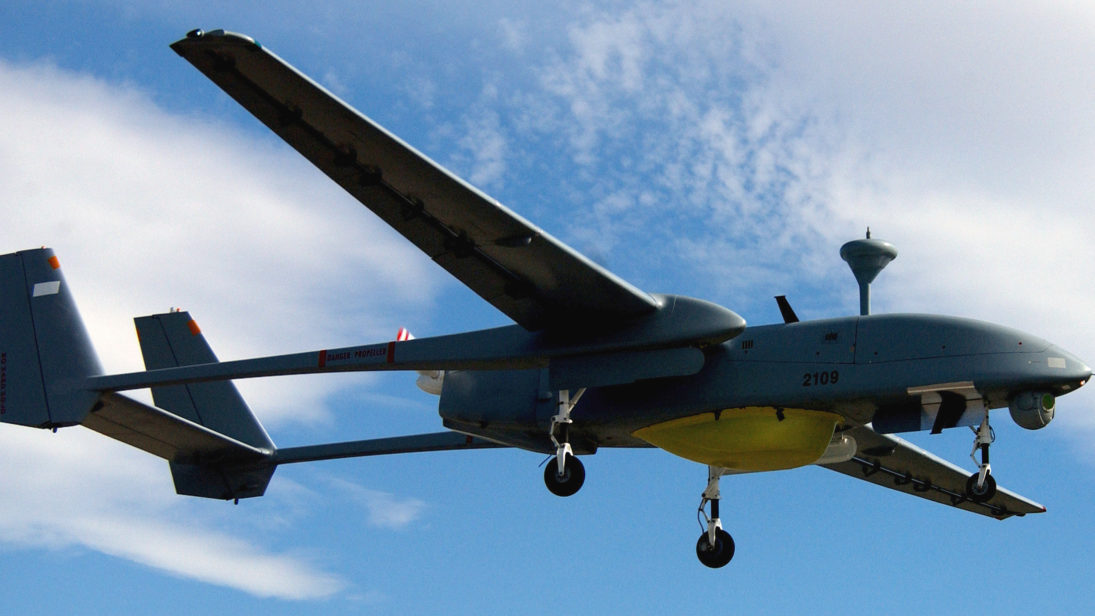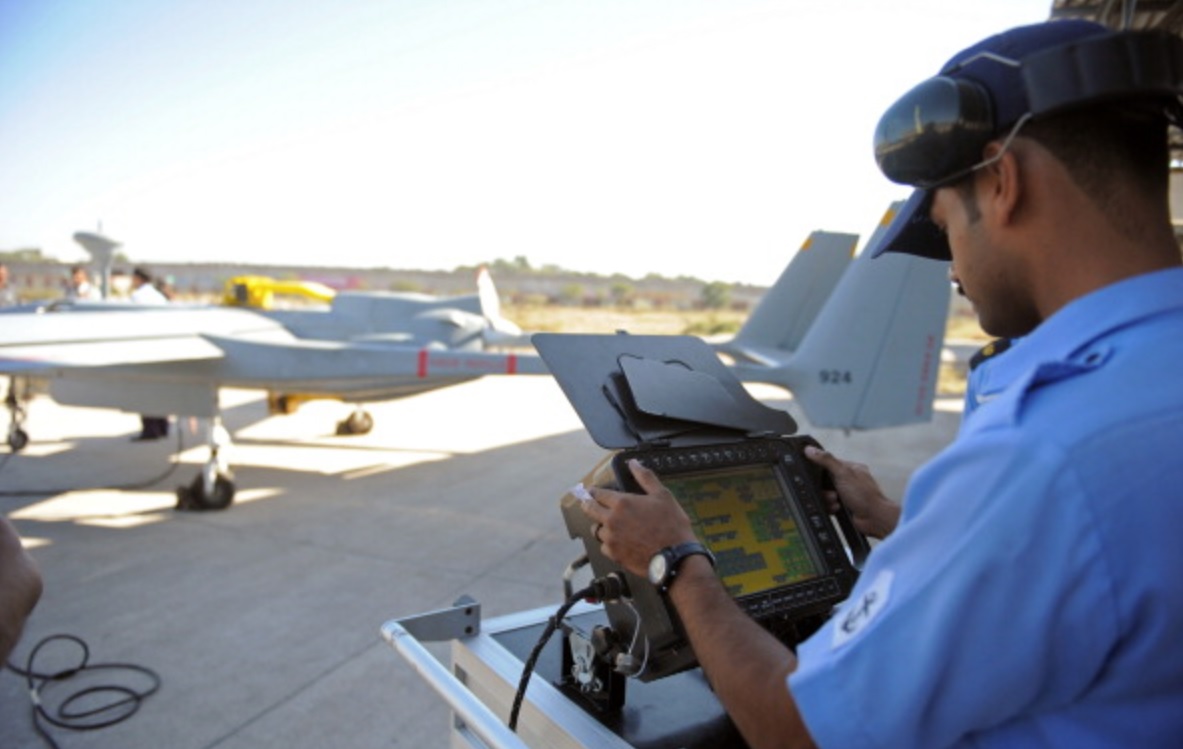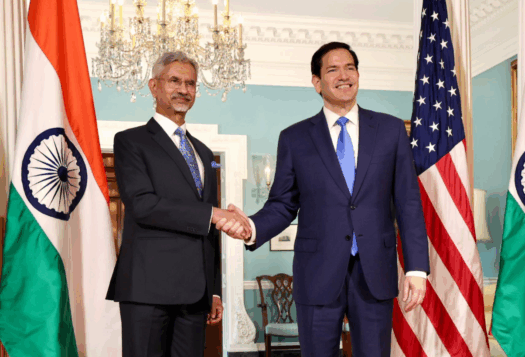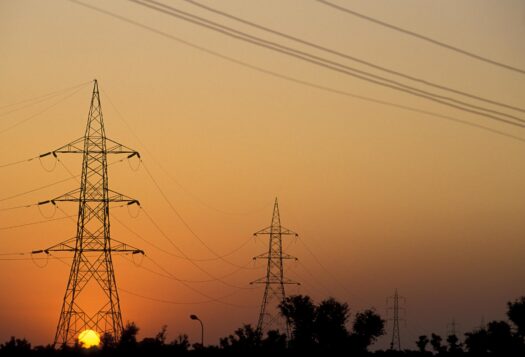
Recently, India issued regulations on the operation of drones or Remotely Piloted Aircraft, incorporating them into its civil aviation regulatory framework effective December, 2018. Drones offer India immense opportunities in the commercial maritime sector, from vessel inspection to preventing illegal fishing and human trafficking. However, safety and privacy concerns have caused Indian regulations to be more stringent than other countries, perhaps due to the challenges that drones face under more permissive conditions. While the new regulations on drones are a good starting point for India, further adaptations will be needed to derive the full benefit of this emerging technology in the maritime sector.
Benefits of Drones in the Maritime Sector
The potential applications of drones in India’s maritime space are many. For instance, India invests huge resources in maritime surveillance of its vast coastal population and its strategic naval and marine assets. Drones can help create situational awareness through eye-in-the-sky missions for preventing illegal immigration, inspection of vessel wear and tear, and even in the protection of endangered flora and fauna. Their primary potential lies in taking over somewhat unsafe and uncomfortable tasks normally carried out by inspectors, at lowered costs of operation. Drones can also replace dangerous jobs. For instance, they can be used to ignite oil spills (in-situ burning) and help clean the coast most cost-effectively and speedily.
India could potentially lead many other countries that permit drone operations to bring scale to maritime applications. The maritime industry works in a harsh offshore environment that necessitates highly-trained drone navigators and pilots who can remote-control drones under harsh weather and wind speed. India’s large pool of young, ready-to-work population can develop the skills if the policy is adequately supported by implementation.
Limitations of India’s Current Regulations
In essence, India has implemented three primary restrictions on the flying of drones. Firstly, each drone has to be manned by one pilot who has to keep Visual Line Of Sight (VLOS) on the unmanned aircraft at all times without using aided vision. This limits operational distance but aims at controlling accidents. Secondly, there is an altitude restriction of 400 feet in order to avoid low-flying manned aircraft. And finally, operations are limited to daytime flying only.
But what drones can do under VLOS conditions, they can do even better in Beyond Visual Line of Sight (BVLOS) conditions, because they have less distance and height restrictions. There are close to 30 countries that have permitted experimental BVLOS applications if the pilot’s expertise level passes the country requirements. In such a case, the remote pilot can operate drones at much longer distances without the drone being visible to the naked eye. Furthermore, the drones can be deployed at night.
The current restrictions on BVLOS drone operations severely limit India’s potential benefits from this technology in a variety of ways. India’s coastline is prone to illegal fishing, drug and human trafficking, poisonous gas leaks from oil rigs, and oil spills or sulphur emission from ships. VLOS restrictions require pilots to chase ships to launch drones on areas far from the shore. This takes away surprise from surveillance and reduces the chances of coverage of larger areas for better enforcement of compliances. While operating under BVLOS conditions, this chase can be avoided and much larger distances can come into play.
Additionally, drones can complete tasks such as testing and calibrating ships’ antennas faster and with more accuracy. Autonomous BVLOS operations will make it easier for one person to perform the tests and calibration, since it will absolve him or her from piloting the control of the drone while calibrating. However, there is not much of a value add in VLOS and BVLOS operation as the drone merely inspects. Both kinds of drone inspections necessitate manual repair.
Moreover, drones can assist maritime search and rescue missions and enable deliveries of spare parts and vital equipment at sea including medicines, rafts, life jackets, and food. BVLOS solutions can use semi- or fully-autonomous systems that can make errands more effective than VLOS ones. However, for a viable business case, offshore delivery drones are useful only when high-value cargo can be delivered securely, cost effectively, and quickly. Unless high value transactions start in large numbers, both VLOS and BVLOS deliveries are peripheral methods.

Challenges in Liberalizing Drone Regulations
Some legitimate concerns do exist with regard to BVLOS operations of drones. For instance, security concerns about the payload, fatal injuries to people and manned aircraft, and damage to critical infrastructure are key considerations restricting BVLOS operations. While maritime applications involve a low population density environment, the challenge for maritime users is to regulate the airspace to avoid accidents between unmanned drones and low-flying manned aircraft and develop safe drone transit corridors or regulated airspaces in wider areas over the sea.
Additionally, making decisions for BVLOS systems without getting an overall sense of the environment the drone is operating in requires an added level of skill. When a pilot can see what he or she has to guide, such as in VLOS operations, he or she uses the situational awareness to make the appropriate command decisions. This may be quite complex with BVLOS operations. Also, the battery life of drones is an added challenge–very heavy drones will be economically nonviable and light ones will have battery size limitations.
It is, of course, important to recognize that a drone can be a lethal weapon or an instrument of destruction in the wrong hands. However, it does not necessarily mean that operations outside of the limitations India has instituted are always risky or have an inherent safety concerns. While there are certainly risks, they can be mitigated and ultimately, the benefits of BVLOS outweigh the costs. Also, the policies and regulations have to move with technological advances, to take full advantage of the emerging innovation in order to secure India’s interests. For example, Europe is investing heavily in using BVLOS drones to improve maritime surveillance and assist with search and rescue operations.
Looking Ahead
India’s Director General of Civil Aviation has already announced that a committee would soon start looking at opening up a few restrictions on drone flying should there be a strong case to open BVLOS applications. Until then, VLOS deployments should help India use drones to its advantage in the maritime sector and also provide an opportunity to identify safety and privacy elements that need due consideration in case India decides to opt for BVLOS operations in the future.
***
Image 1: SGT Reynaldo Ramon, USAF via Wikimedia
Image 2: Sam Panthaky/AFP via Getty Images


